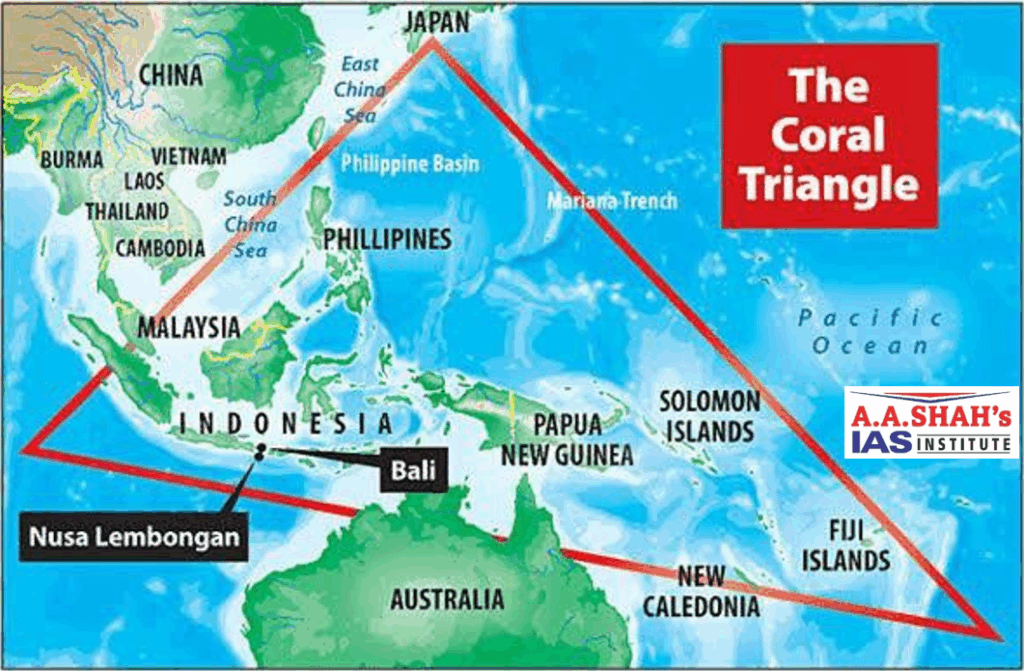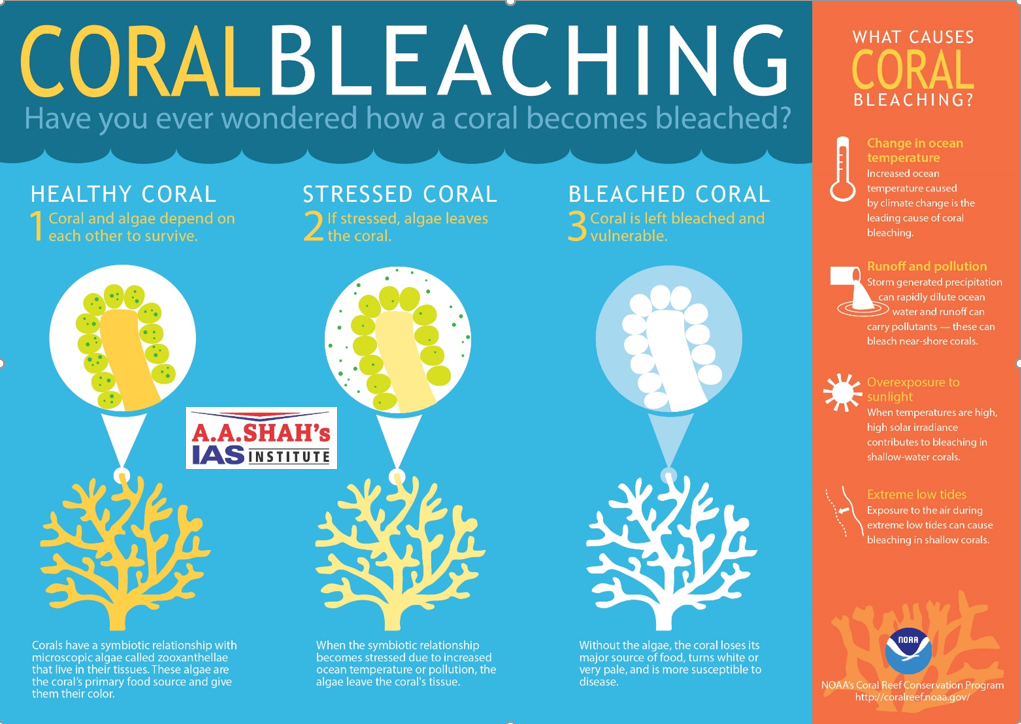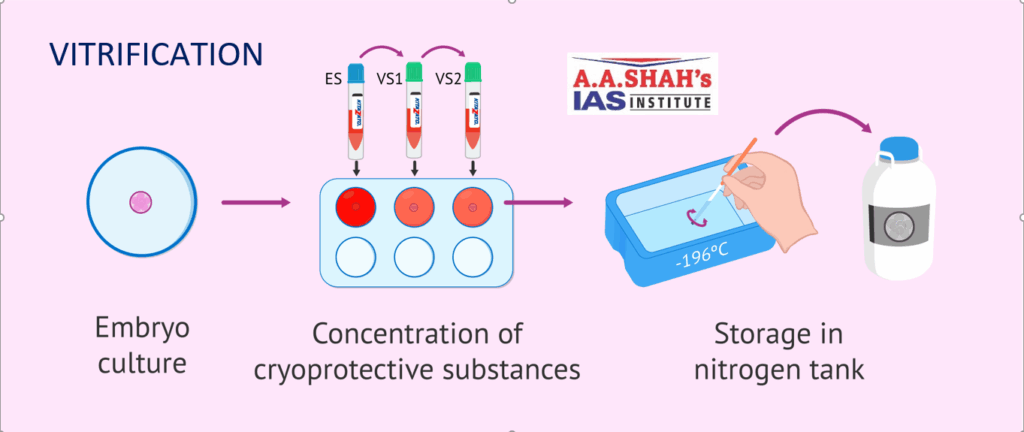Philippines pioneers coral larvae cryobank to protect threatened reefs
ENVIRONMENT – BIODIVERSITY
6 OCTOBER 2025
- Known as the “Amazon of the seas,” the Coral Triangle is a 5.7 million sq. km expanse across the tropical waters of Indonesia, Malaysia, Papua New Guinea, the Philippines, the Solomon Islands, and Timor-Leste — and the richest marine ecosystem on the earth.
- The Triangle is home to more than three-quarters of the world’s coral species, a third of all reef fish, vast mangrove forests, and six of seven marine turtle species.
- It also sustains the food security and livelihoods of more than 120 million people.
- The Coral Triangle is also facing mounting dangers. Growing carbon emissions, destructive fishing, air, water, and soil pollution, and the accelerating effects of climate change are all driving coral bleaching, habitat loss, and species decline, placing both biodiversity and coastal communities at grave risk.
- According to the Status of Coral Reefs of the World 2020 report, the planet lost 14% of its corals between 2009 and 2018.
- Scientists have warned that without drastic action to keep global warming to 1.5º C, 70-90% of live coral cover could be lost by 2050.
- In one form of resistance against these threats, the Philippines is preparing to host Southeast Asia’s first coral larvae cryobank to help restore and protect reefs.
- Set up by the University of the Philippines Marine Science Institute, the facility will freeze and preserve coral larvae — the small, free swimming “seeds” of corals — at very low temperatures.
- These larvae can later be used to revive damaged reefs or for research, thus protecting genetic diversity that might otherwise be lost.
- The freezing is done by a technique called vitrification, where the larvae are exposed to special protective solutions before being plunged into liquid nitrogen at –196o C.
- Vitrification is a process that turns a liquid into a glass-like, amorphous solid by cooling it extremely rapidly without the formation of ice crystals.
- In cryobiology, it is used to preserve biological specimens like eggs, embryos, and sperm by “freezing” them in a state that avoids damaging ice formation, thus maintaining their viability for future use in treatments such as in vitro fertilization (IVF).
- The process requires high concentrations of cryoprotectant agents (CPAs) and rapid cooling rates to achieve the glass-like state.
- To revive the samples, scientists use an equally swift method using lasers, which thaw the larvae in a fraction of a second to avoid re-crystallisation.
- Cryobanks of coral symbionts — microscopic algae living inside corals — are crucial to reef survival.


